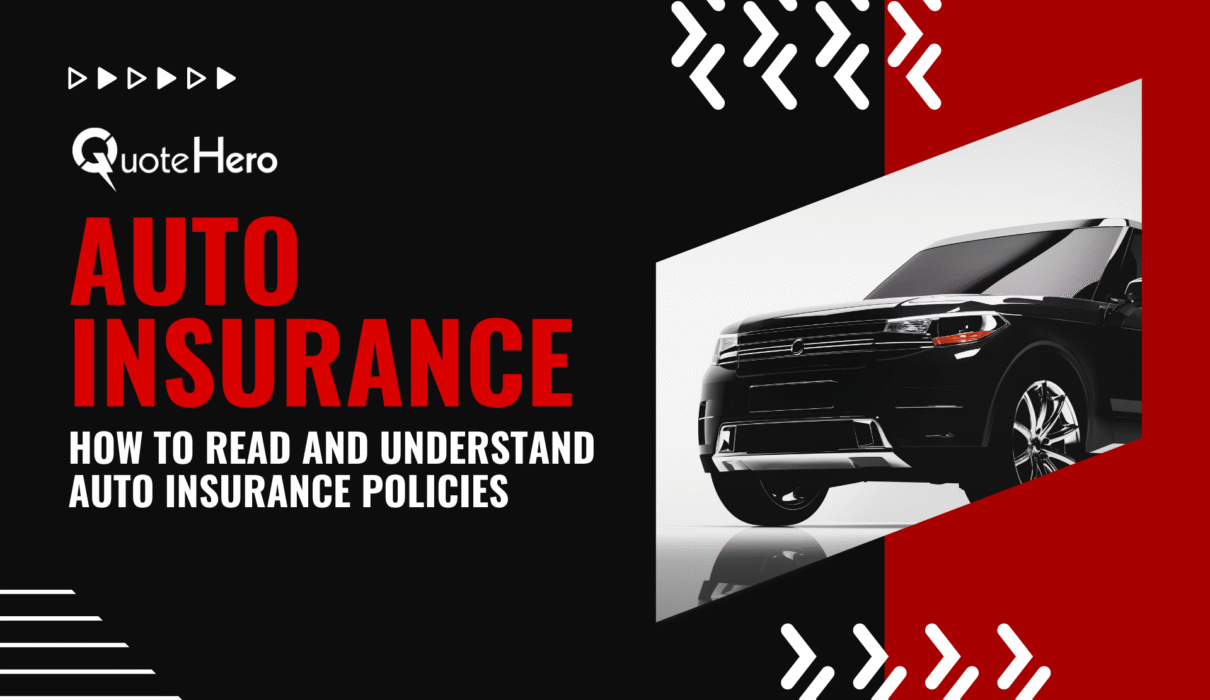Navigating through an auto insurance policy can be daunting, but understanding the key elements of your policy is crucial for ensuring that you have the right coverage. Insurance policies are often filled with legal terms, coverage details, exclusions, and conditions that can leave you confused. However, breaking it down into digestible sections can simplify the process and help you make informed decisions.
1. Know the Structure of Your Policy
An auto insurance policy typically consists of several key sections, each providing crucial details about your coverage. Here’s an outline of the typical structure:
Declarations Page
This is the first page of your policy, offering a summary of your coverage. It includes:
- Your name, address, and policy number.
- The type of coverage you have and the limits for each.
- The amount of your deductible.
- The effective dates of your policy.
- Any discounts you may qualify for.
Policy Coverages
The bulk of your policy contains the various coverage types you have. It’s important to review each type in detail to ensure you’re adequately protected.
2. Understand the Types of Coverage
The following are the common types of coverage included in auto insurance policies:
Liability Coverage
Liability insurance covers bodily injury and property damage that you cause to others in an accident. It typically includes:
- Bodily Injury Liability: Pays for injuries to others when you are at fault.
- Property Damage Liability: Pays for damages to another person’s property, such as their car or home.
Collision Coverage
This covers damages to your own vehicle after a collision, regardless of fault. It’s optional unless required by a lender or lessor.
Comprehensive Coverage
Covers damages to your car not caused by a collision. This includes theft, vandalism, natural disasters, and animal collisions.
Personal Injury Protection (PIP) / Medical Payments (MedPay)
These cover medical expenses for you and your passengers if you’re injured in an accident, regardless of fault.
Uninsured/Underinsured Motorist Coverage
If you are in an accident caused by a driver who lacks sufficient insurance, this coverage steps in to cover damages and medical expenses.
3. Know Your Deductible
The deductible is the amount you must pay out of pocket before your insurance coverage kicks in. For example, if you have a $500 deductible, you must pay that amount in the event of a claim. Higher deductibles generally mean lower premiums, but it also means you will need to pay more if you need to file a claim.
4. Exclusions and Limitations
All auto insurance policies have exclusions—scenarios where coverage won’t apply. Common exclusions include:
- Intentional damage (e.g., if you intentionally cause an accident).
- Driving under the influence of drugs or alcohol.
- Using your car for business purposes (unless you have commercial auto insurance).
- Certain natural disasters or acts of war.
5. Understand Policy Limits
Every type of coverage comes with its own limits. The policy will specify the maximum amount the insurer will pay for damages under each type of coverage. For instance, you might have:
- $100,000 for bodily injury liability per person.
- $300,000 for total bodily injury liability for all people in an accident.
- $50,000 for property damage liability.
Make sure to review these limits to ensure they provide enough coverage in the event of a serious accident.
6. Check for Discounts
Insurance providers often offer a range of discounts, and you may be eligible for several based on factors such as:
- Safe driving history.
- Vehicle safety features (e.g., airbags, anti-theft systems).
- Bundling your auto insurance with home insurance.
- Membership in certain organizations or professional groups.
Check the Declarations page and ask your insurer about any available discounts to help reduce your premium.
7. Review Your Policy Annually
Insurance needs can change over time, so it’s important to review your policy annually. Consider factors such as:
- If you’ve upgraded your vehicle or added new drivers.
- If your car has depreciated or increased in value.
- Whether you qualify for new discounts or need to adjust your coverage limits.
Final Thoughts
Reading and understanding your auto insurance policy can seem like a chore, but it’s a necessary step in protecting yourself and your finances. By breaking the policy down into digestible sections and understanding the details of each coverage type, deductible, and exclusion, you can ensure that you’re adequately covered and not overpaying for unnecessary protection.
Don’t hesitate to ask your insurance agent to clarify any points of confusion. A clear understanding of your policy will give you peace of mind on the road and help you make informed decisions about your coverage.


